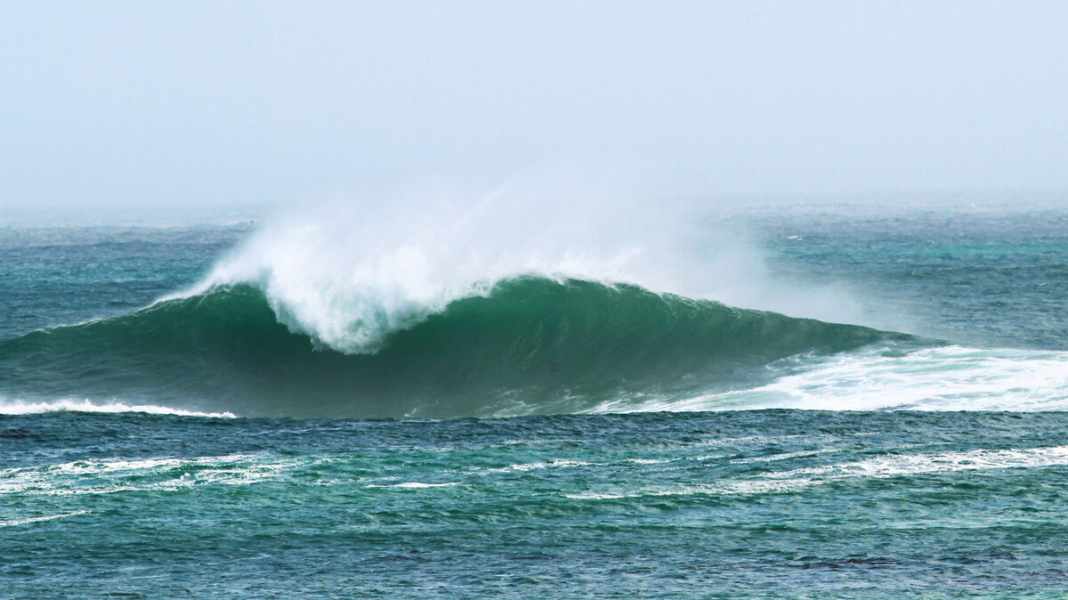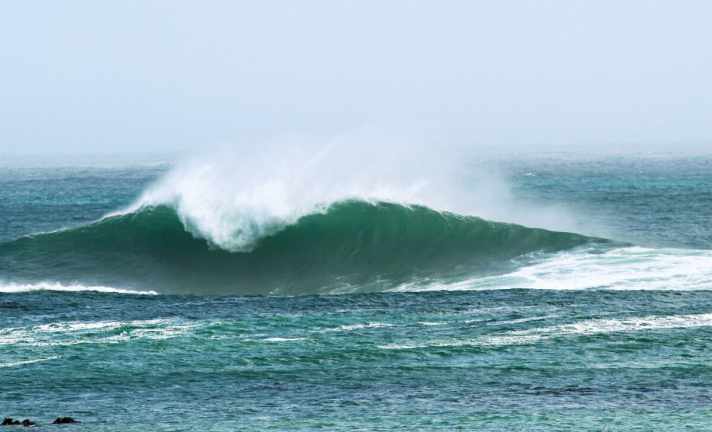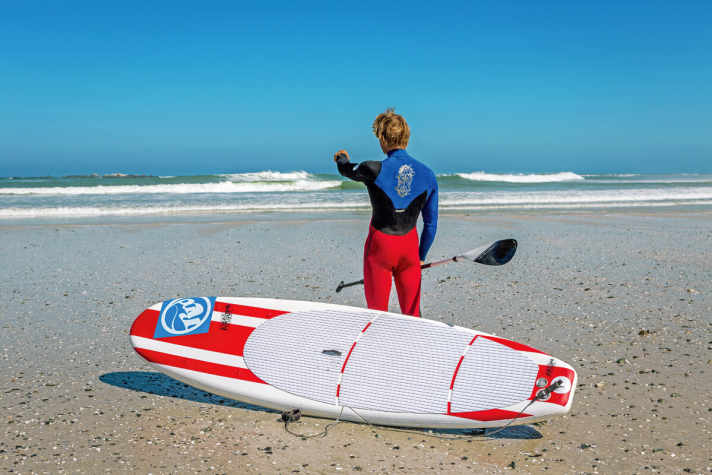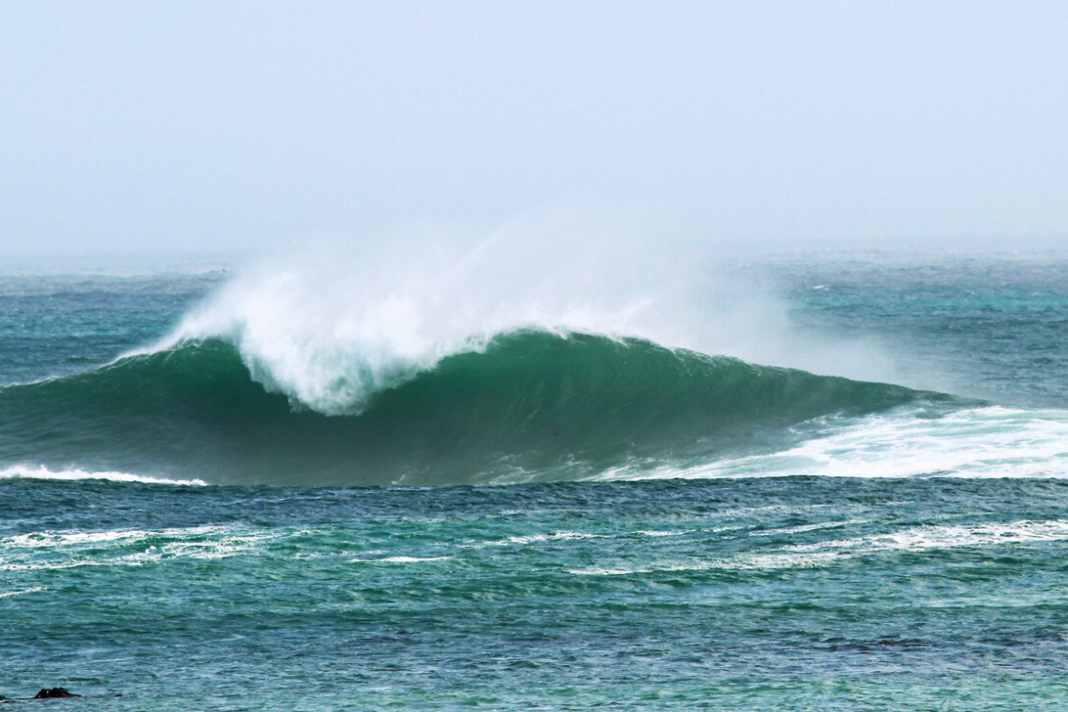

WATCH THE SURF
Of course, not all waves are the same. Waves break differently depending on the nature of the bottom, depth, wind and currents. A flat, offshore reef - which can be rocks, but also coral or mussel reefs - is ideal for beautiful, rideable waves. The wave breaks depending on the shape of the reef. The most beautiful breaks are point breaks: a headland with a reef in front of it allows the swell to break and roll diagonally to the left or right. The great thing is that you can easily paddle out again because the wave doesn't break along a whole line (close-out). If the beach is straight, the wave tends to break along its entire length. Here, the unevenness under the water influences the shape of the wave. A flatter spot causes the wave to break earlier - so-called A-frames are created, which cause a left or right breaking wave or both. A beach with a sandy bottom creates sand breaks, which do not break as predictably because the sand depths can move with the currents. However, they are not quite as dangerous. A shore break occurs when the beach immediately becomes deep.

For stand-up paddlers, such waves are unsuitable for surfing. Before heading out on the water, you should find out enough about the local spots. Where are there reefs, sandbanks or other dangers? At what tide does the wave run best - and above all: how busy is the surf spot? Windless surfing spots are best, where there is little current and the waves rarely get higher than chest-high. In addition, the wave should not break too powerfully and hollow, but should provide just enough thrust to get the board moving. Once you arrive at the spot, it is advisable to observe the waves for a while: Where is the peak (where does the wave break first)? Where do the waves run best? How often do wave sets (a sequence of larger waves) occur? Where are the channels (deeper water channels)? How are the currents - and above all: do I trust myself? The most important credo is "safety first": if you overestimate yourself, you can get yourself and others into trouble.
SUP beginners should stay away from surfers in particular. During a wash, every SUP board becomes a projectile. Uncontrolled, the board then smashes everything in its path. Waves always break differently, depending on the underwater conditions and the height of the swell - that's what makes surfing so exciting. Here's a quick wave one-two to help you learn to read waves better.
WELLNESS






